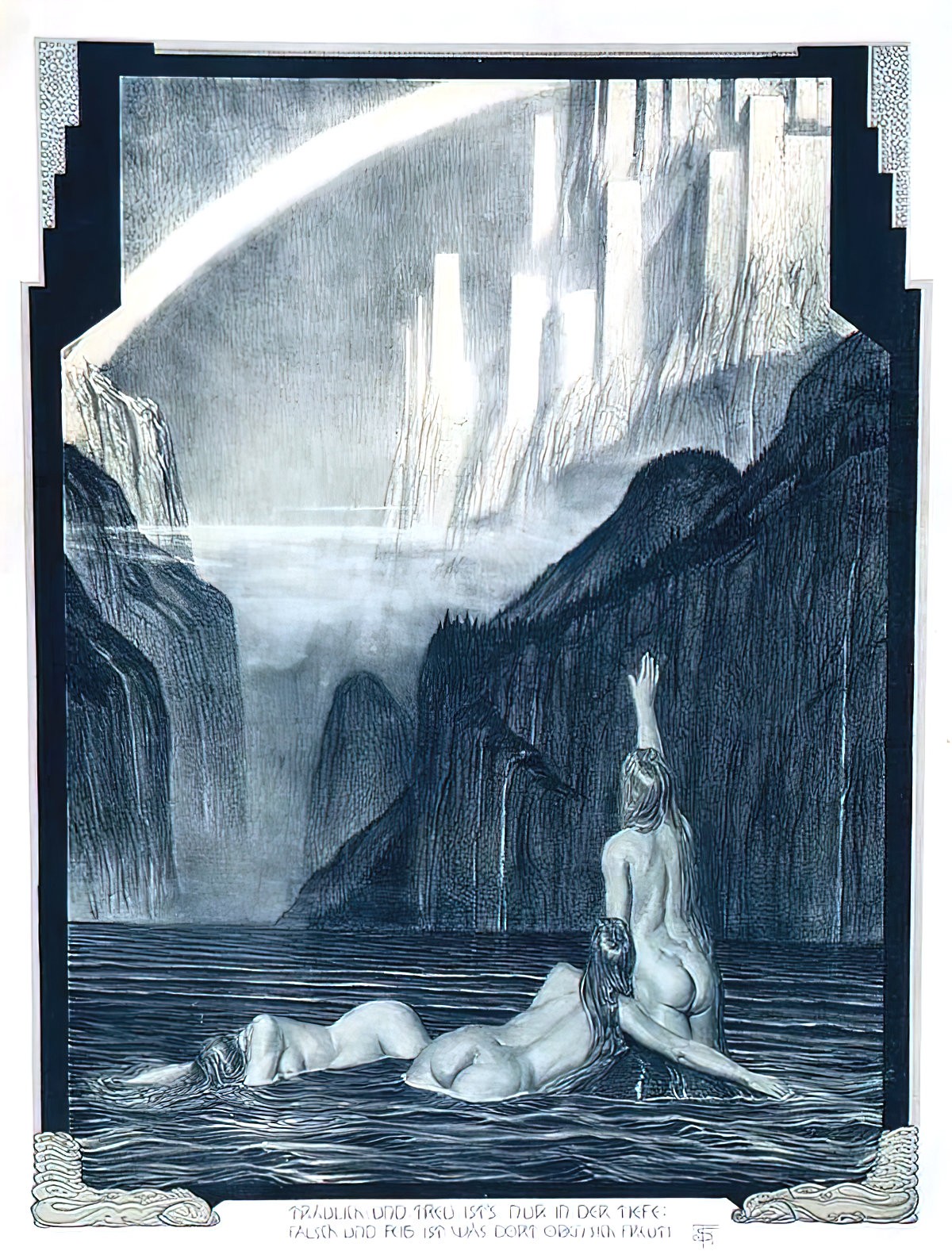WHAT ARE NYMPHS?
Nymphs are minor female nature deities from Ancient Greek folklore. Like Pan, they serve as personifications of nature but unlike Pan, who can turn up anywhere (e.g. in The Wind In The Willows or as a character in The Secret Garden), nymphs are typically tied to a specific place. They are usually depicted by horny heterosexual male artists as beautiful maidens.
ARE NYMPHS GODS?
Well, they are not necessarily immortal, but are thought to live much longer than humans. In this respect they’re like the djinn, or like characters such as Noah from the Bible, who also lived an extremely long time, apparently?
Some nymphs are depicted with wings; sometimes nymph wings look like cherub wings, suggesting they can fly close to the Heavens, and perhaps occupy a liminal space between Heaven and Earth.
More similar to Greek gods than to monotheistic Gods, nymphs sit at all points along a morality spectrum: Some are simply beautiful and laze around next to rivers as a beautiful addition to nature while others have far too much sex and encourage men to do very bad sex things which will send them to Hell.
DIFFERENT TYPES
There’s no easy way to categorise these creatures but there are a number of broad subgroups:
- Ash tree nymphs
- Freshwater nymphs
- Sea nymphs
- Mountain nymphs
- Wood nymphs
- Tree nymphs
For an example of a tree nymph in fairytale, see “The Myrtle”, the story of an unconventional romance between a prince and a tree nymph. The pair must go to great lengths to protect their love. This story was adapted by Italian poet Giambattista Basille in 1634.
If you’d like to hear “The Myrtle” read aloud, I recommend the retellings by Parcast’s Tales podcast series. (They have now moved over to Spotify.) These are ancient tales retold using contemporary English, complete with music and Foley effects. Some of these old tales are pretty hard to read, but the Tales podcast presents them in an easily digestible way. “The Myrtle” was published August 2020.
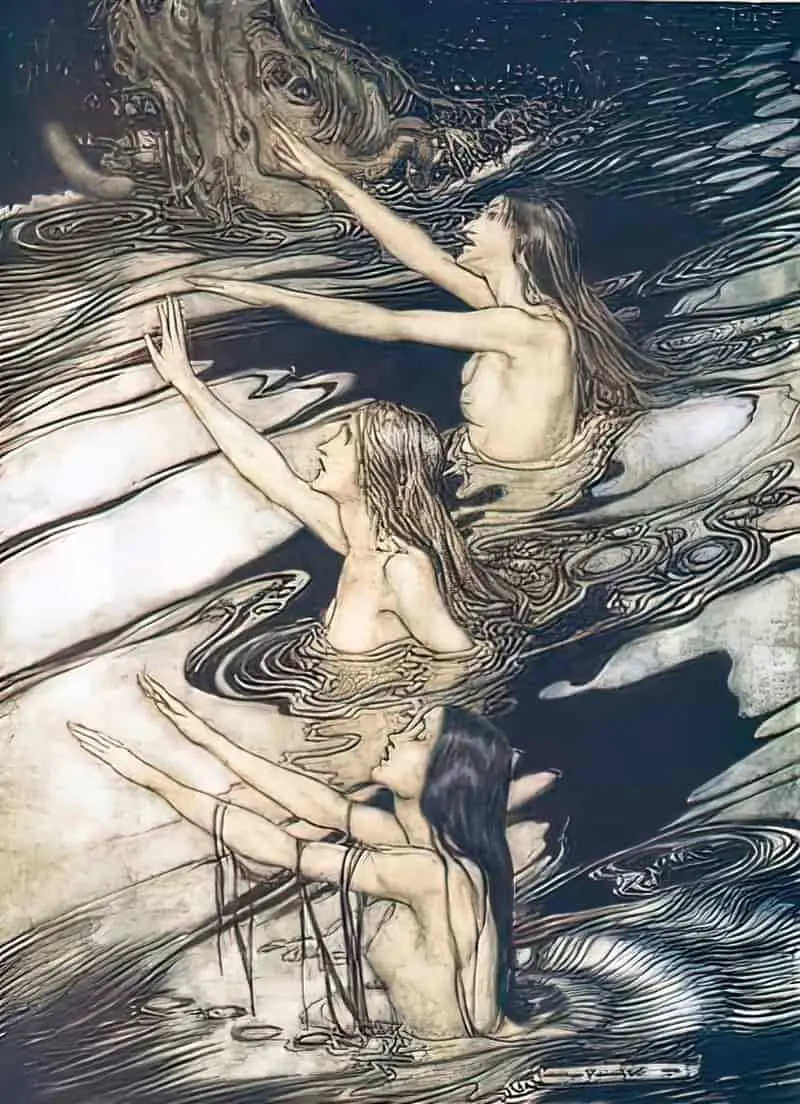
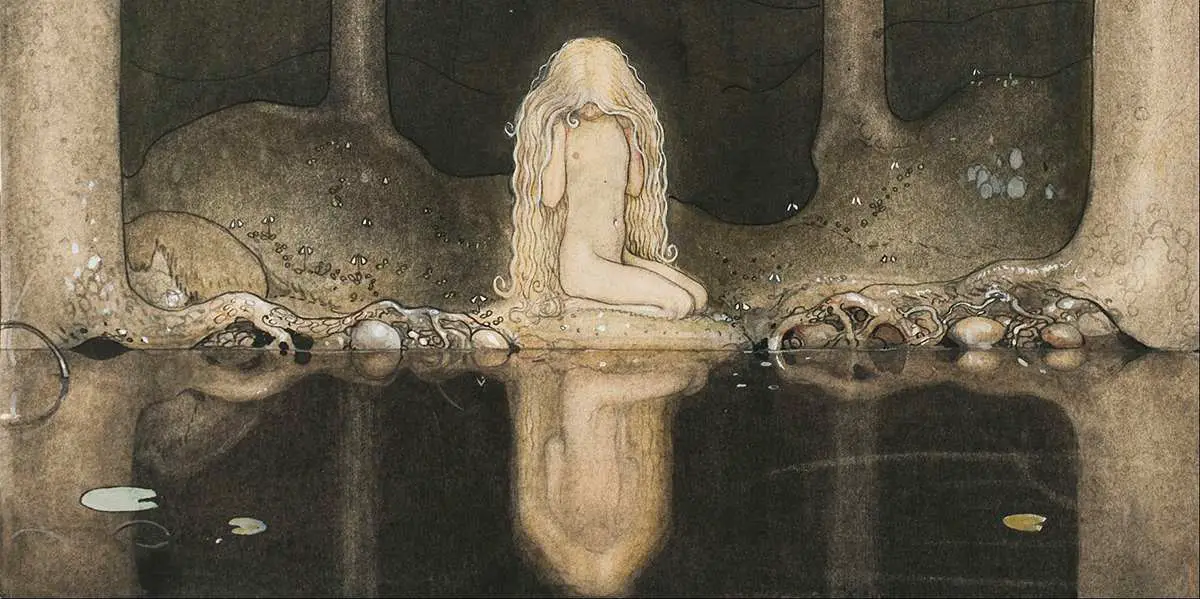
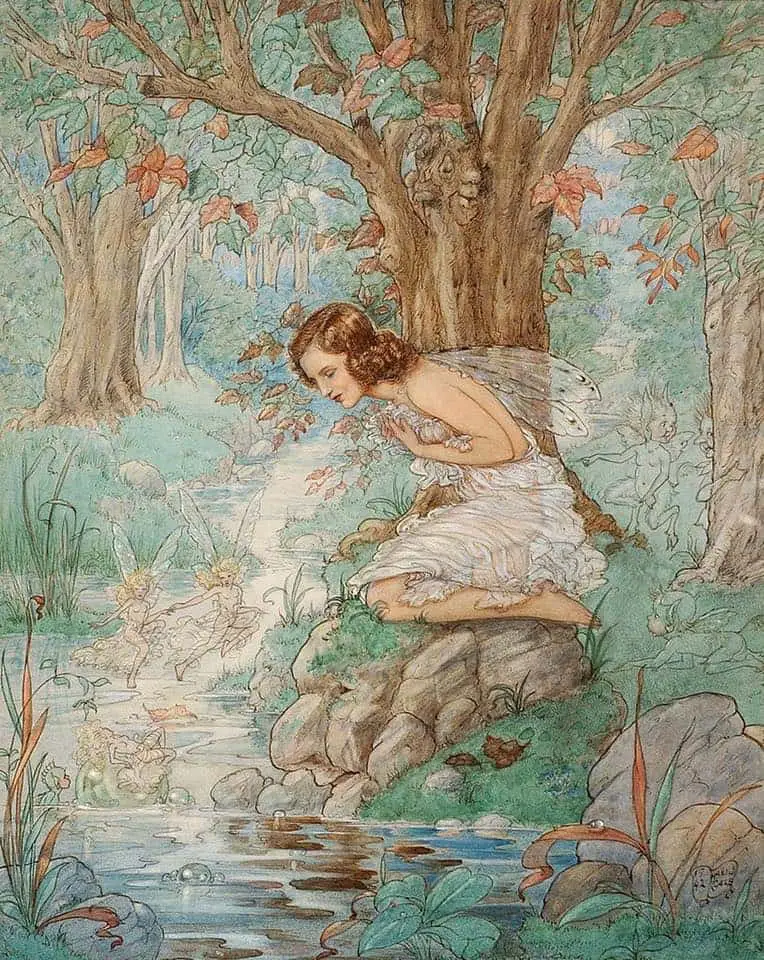
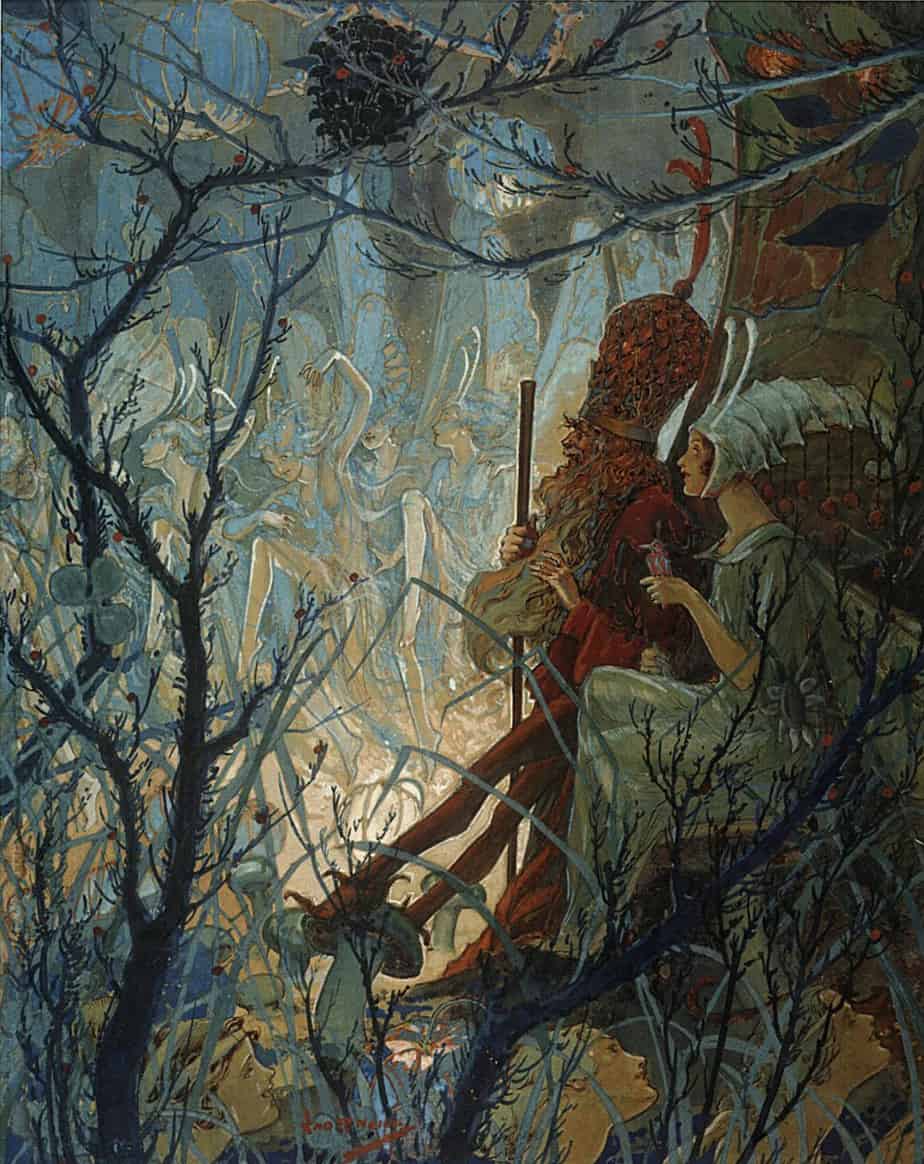
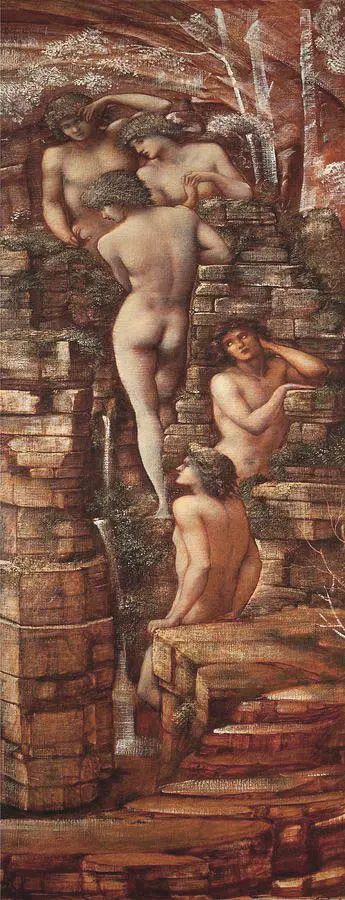
HOW ARE NYMPHS DIFFERENT FROM MERMAIDS AND SIRENS?
Like mermaids, sea nymphs hang out around the sea. So how are nymphs not mermaids, then?
Mermaids are part woman, part fish. Like any femme-coded supernatural creature, you’ll find both evil and seductive versions of mermaids and sirens throughout folklore and fairytale. (If we can’t tame her we can at least sexualise her.)
Sirens are another chimera, part woman part bird. Some images of sirens and mermaids are absolutely terrifying. When nymphs have wings, they don’t tend to have the wings of large predatory birds, but instead have the diaphanous wings of insects or the wonderfully decorative wings of butterflies — something like that.
Nymphs commune with birds, but they are not birds.
In some works of art, nymphs are more like the Cindy to the Barbie; nubile but not fully in control of their own sexuality, and therefore unable to actively ‘seduce’ men and lead them off course in a ship. If a nymph plays a pipe for a sailor, she may be being pretty with it, not trying to entrap him somehow. She’s just as pretty as a mermaid, but she’s safe.
But other nymphs are sexually aggressive and won’t take no for an answer. The word ‘nymphomaniac’ is an outdated and misogynistic diagnosis of women considered to enjoy sex too much and too often.
In the painting below, one of the male fantasies is part woman part fish while the other two have legs. The ones with legs are sometimes considered nymphs. (Alternatively, do these mermaids suddenly grow legs when the emerge out of the water? If so, do we call them nymphs on land but mermaids in the water?)
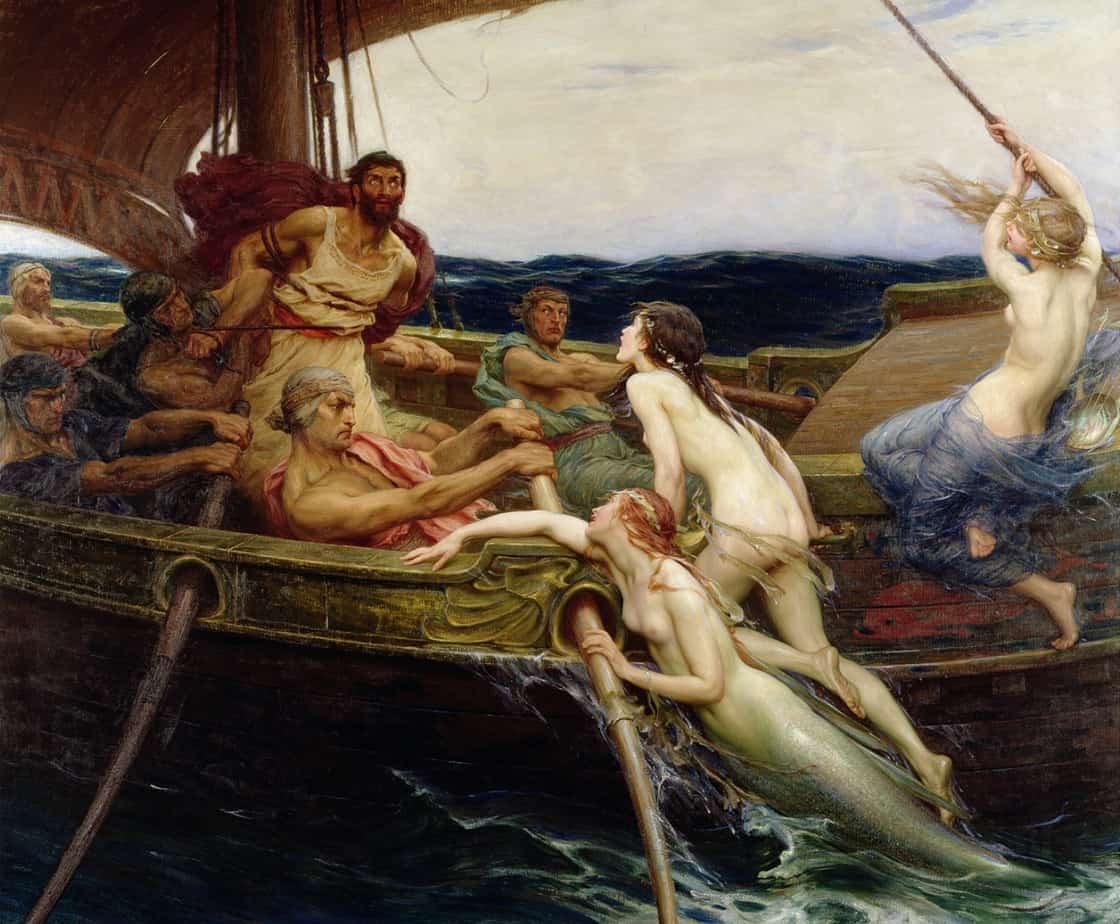
WHAT DO NYMPHS DO ALL DAY?
They love the sound of the sea, so even with the sea right there, they will listen to seashells, I guess.

They get up early to watch the sun rise. They sit on on lilypads and sometimes wear elaborate skirts, but rarely a shirt.
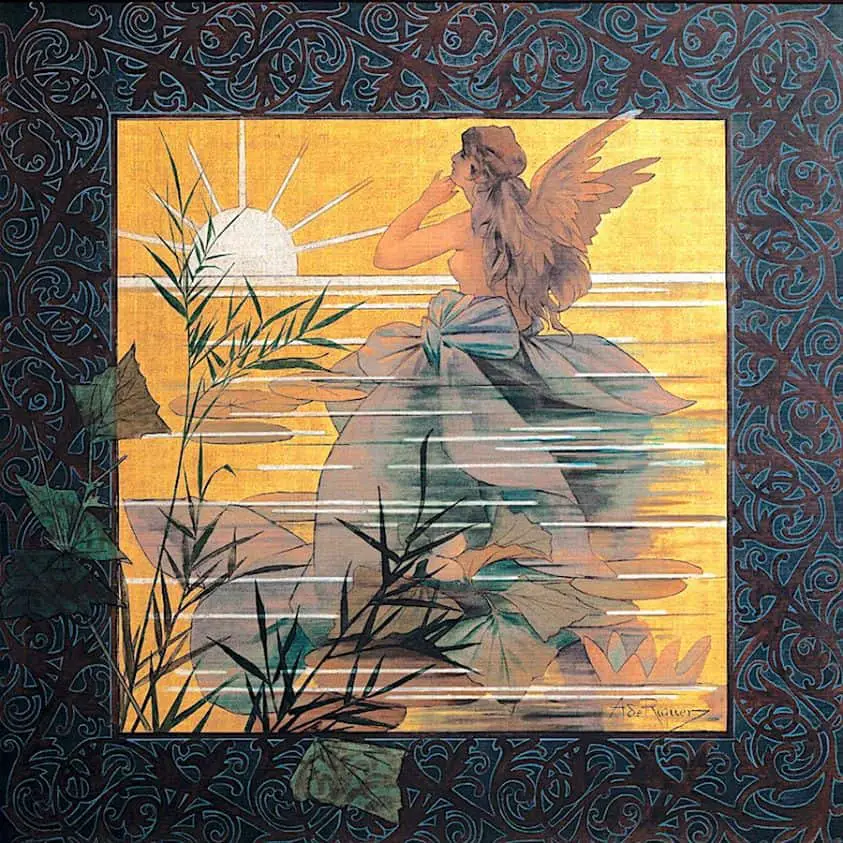
They make music blowing on wind instruments. This one is shaped like a bird, and must be about the size of a caterpillar, since she’s sprouted butterfly wings. (Is she a nymph or a fairy?)
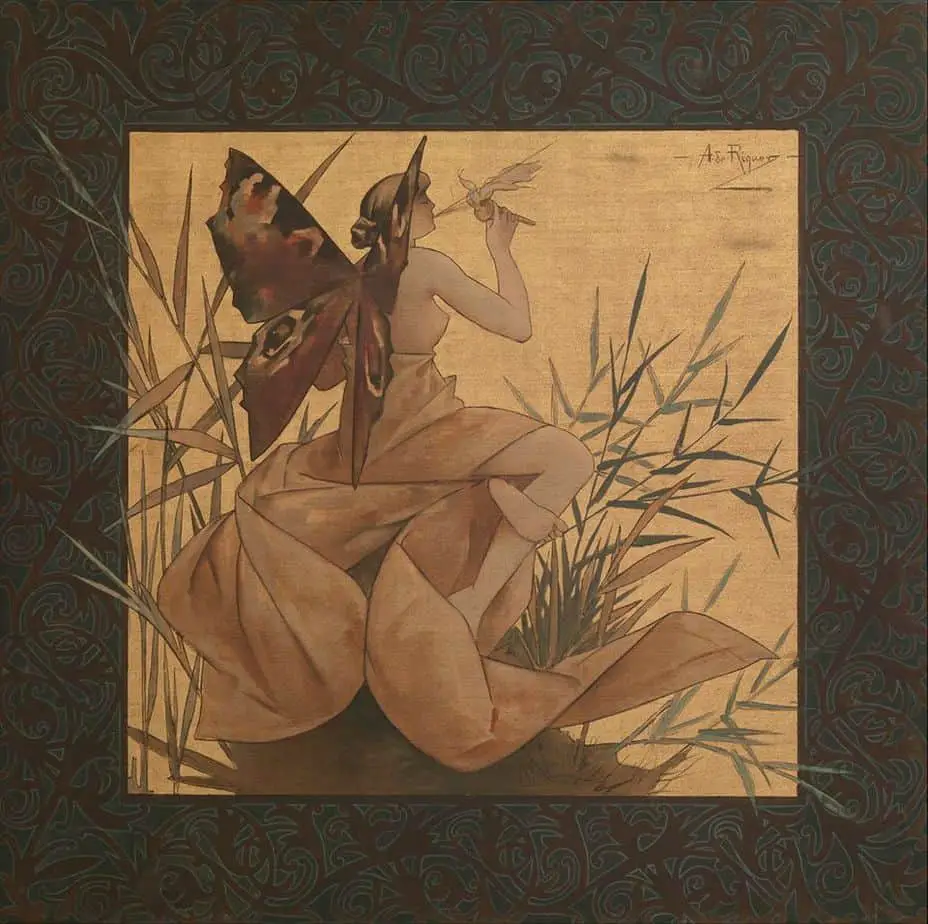
They hang out with Satyr.
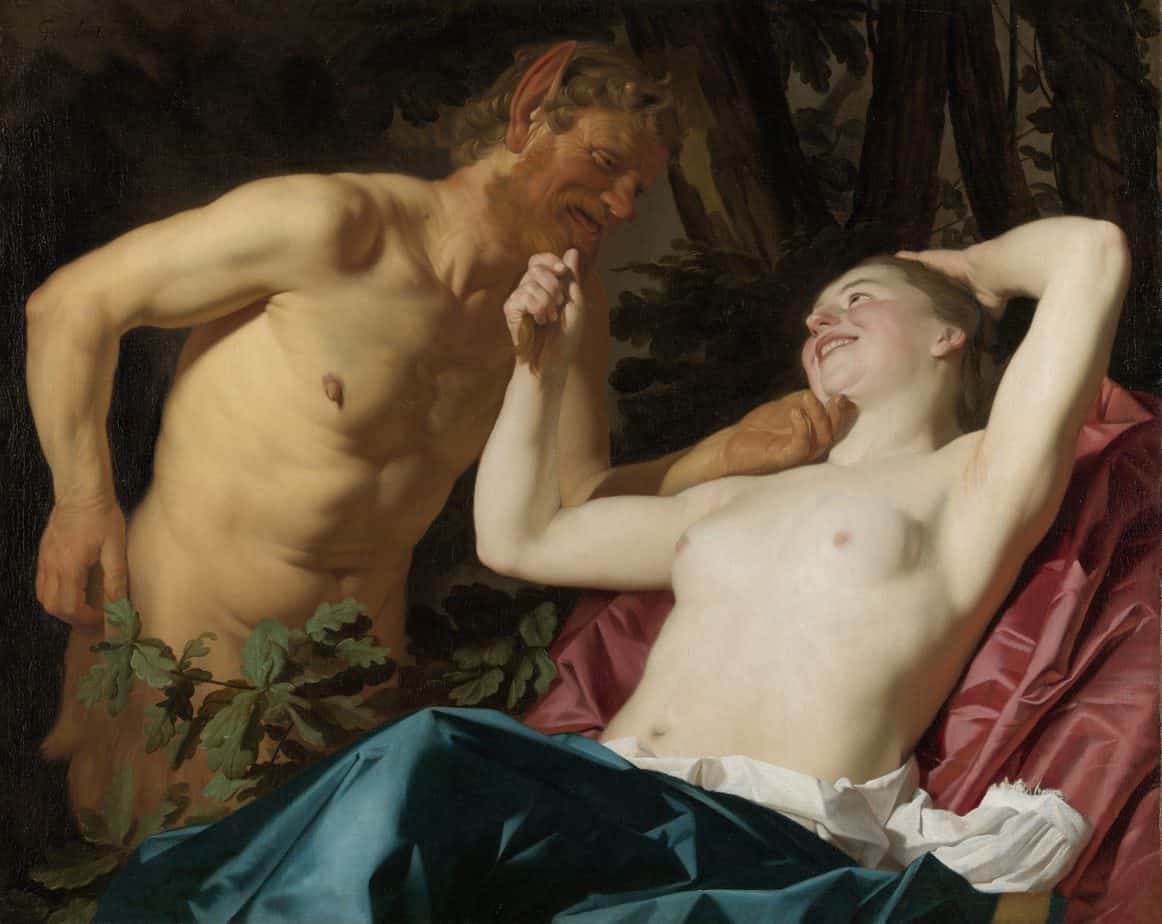
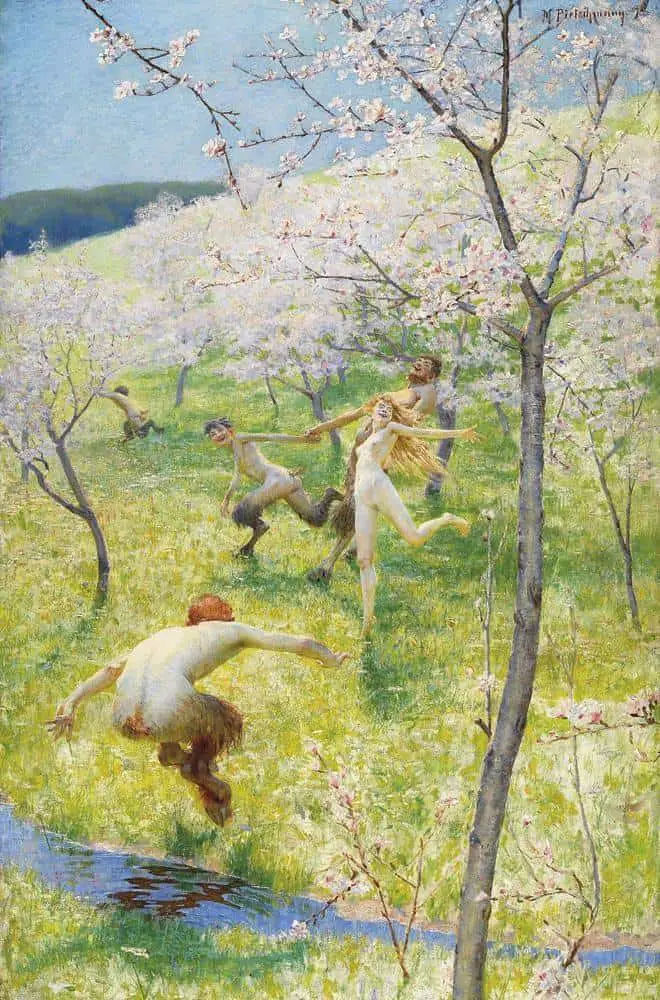
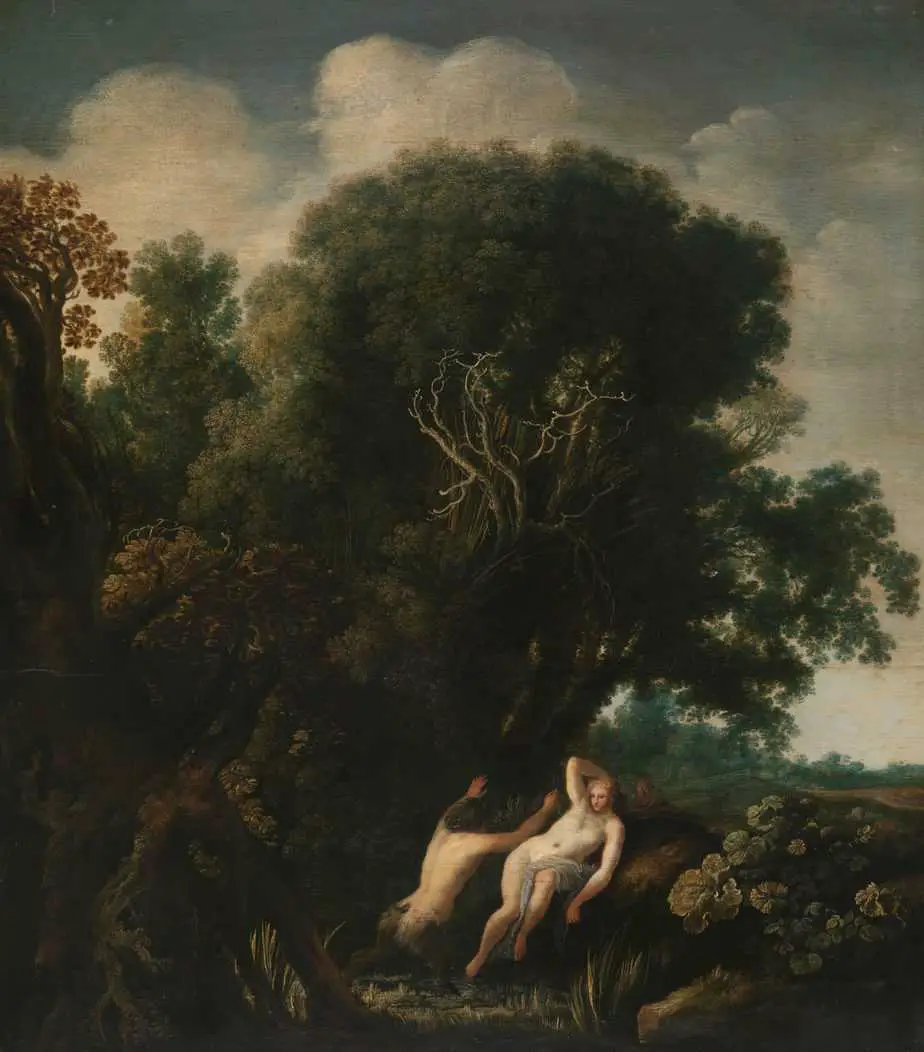
Occasionally, though, satyrs are femme coded.
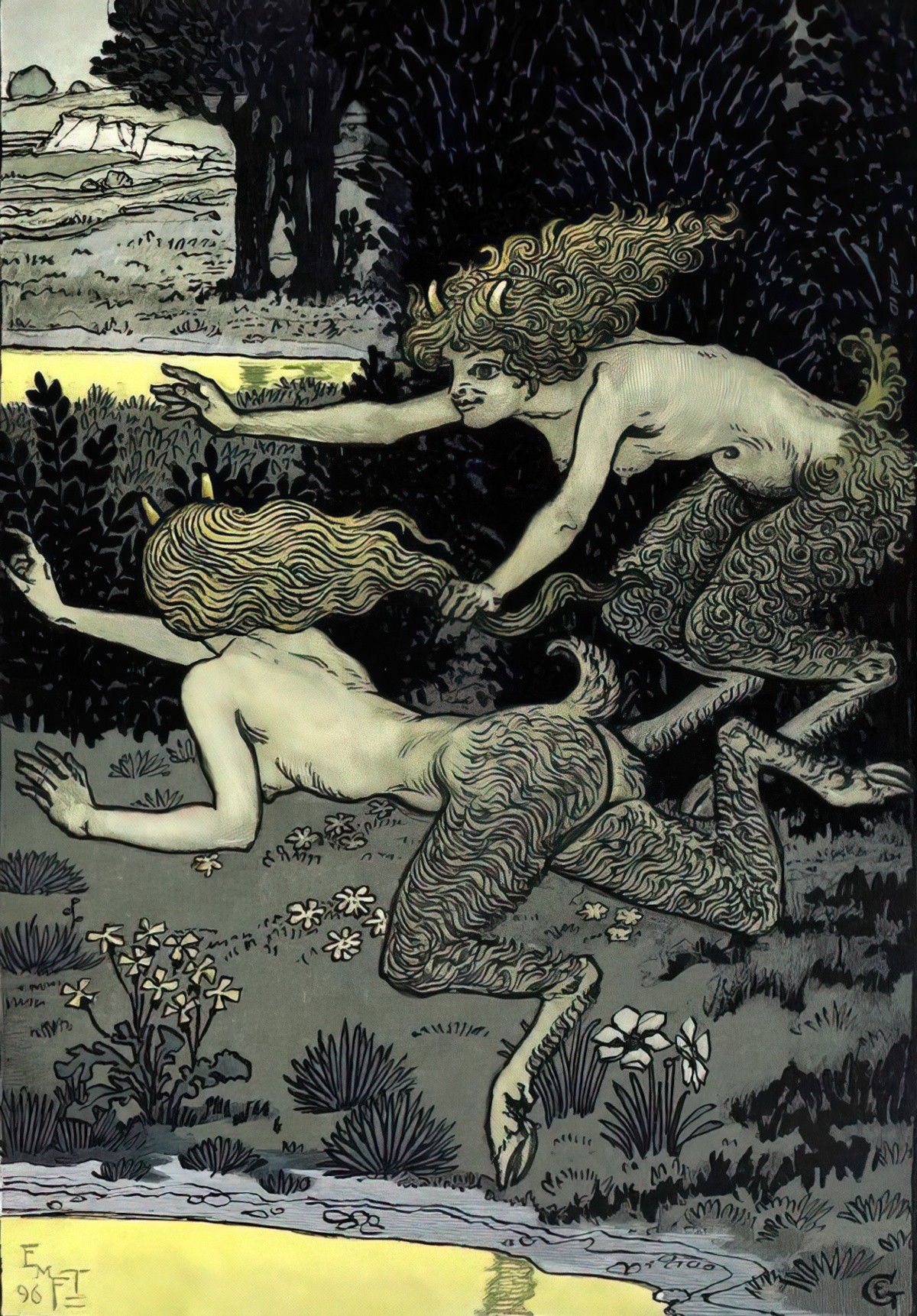
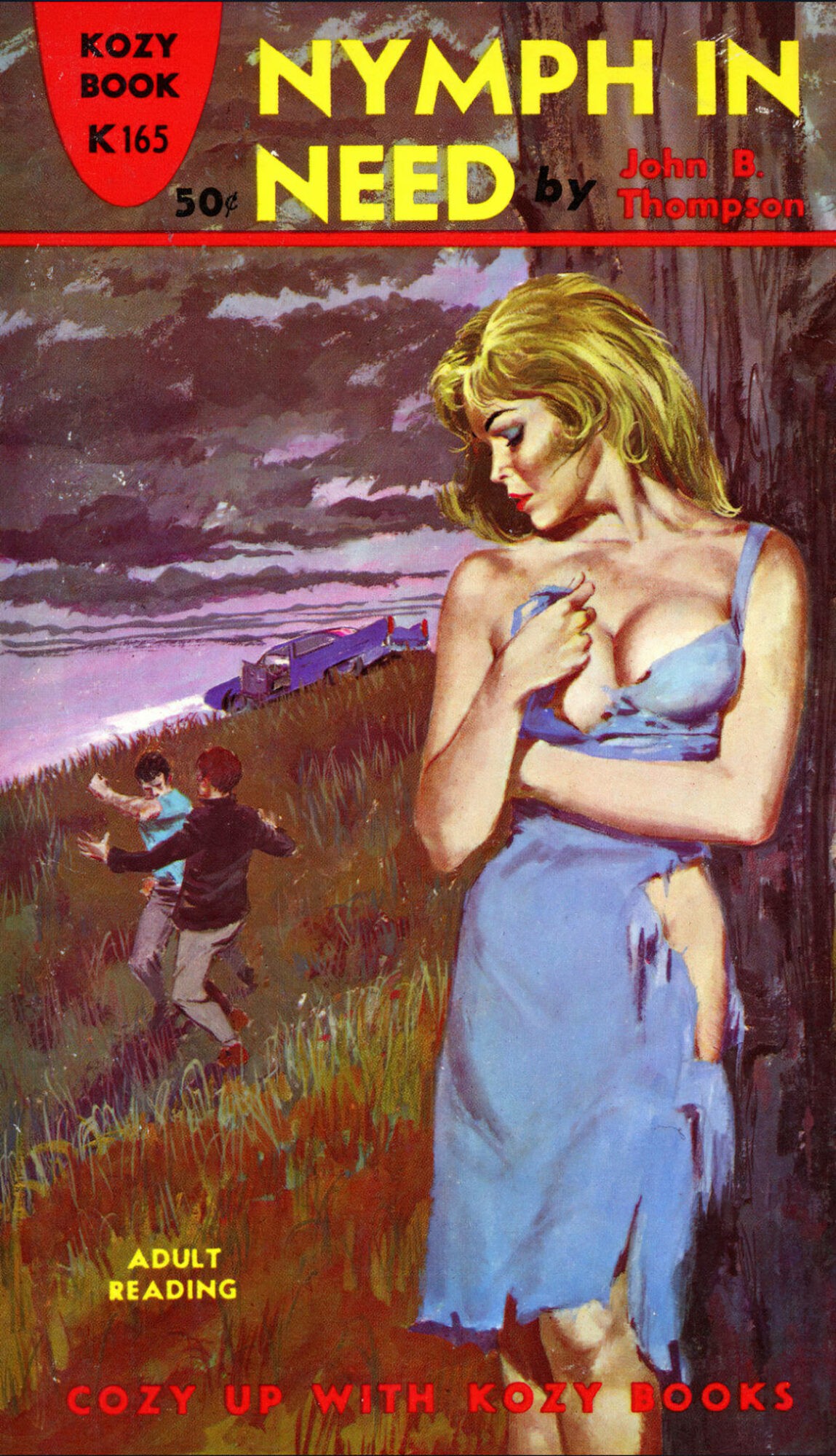
ARE NYMPHS A TYPE OF FAIRY?
Shakespeare, Johnson and Disney have narrowed our conception of ‘fairy’ but fairies encompass far more imaginary creatures than the Tinkerbell archetype. By the widest definition of fairy, yes, nymphs are fairies. Fairies can be good or bad, look like anything at all and the unifying criteria is as follows:
Human nature seems to abhor a blank space on a map. Where there are no human habitations, no towns, where villages dwindle into farms and farms into woods, mapping stops. Then the imagination rushes to fill the woods with something other than black darkness: nymphs, satyrs, elves, gnomes, pixies, fairies.
Diane Purkiss, At The Bottom of The Garden
WHERE CAN I FIND A NYMPH?
In Ancient Rome, you’ll find one at a Nymphaeum.
A nymphaeum or nymphaion (Ancient Greek: νυμφαῖον), in ancient Greece and Rome, was a monument consecrated to the nymphs, especially those of springs. These monuments were originally natural grottoes, which tradition assigned as habitations to the local nymphs.
Wikipedia
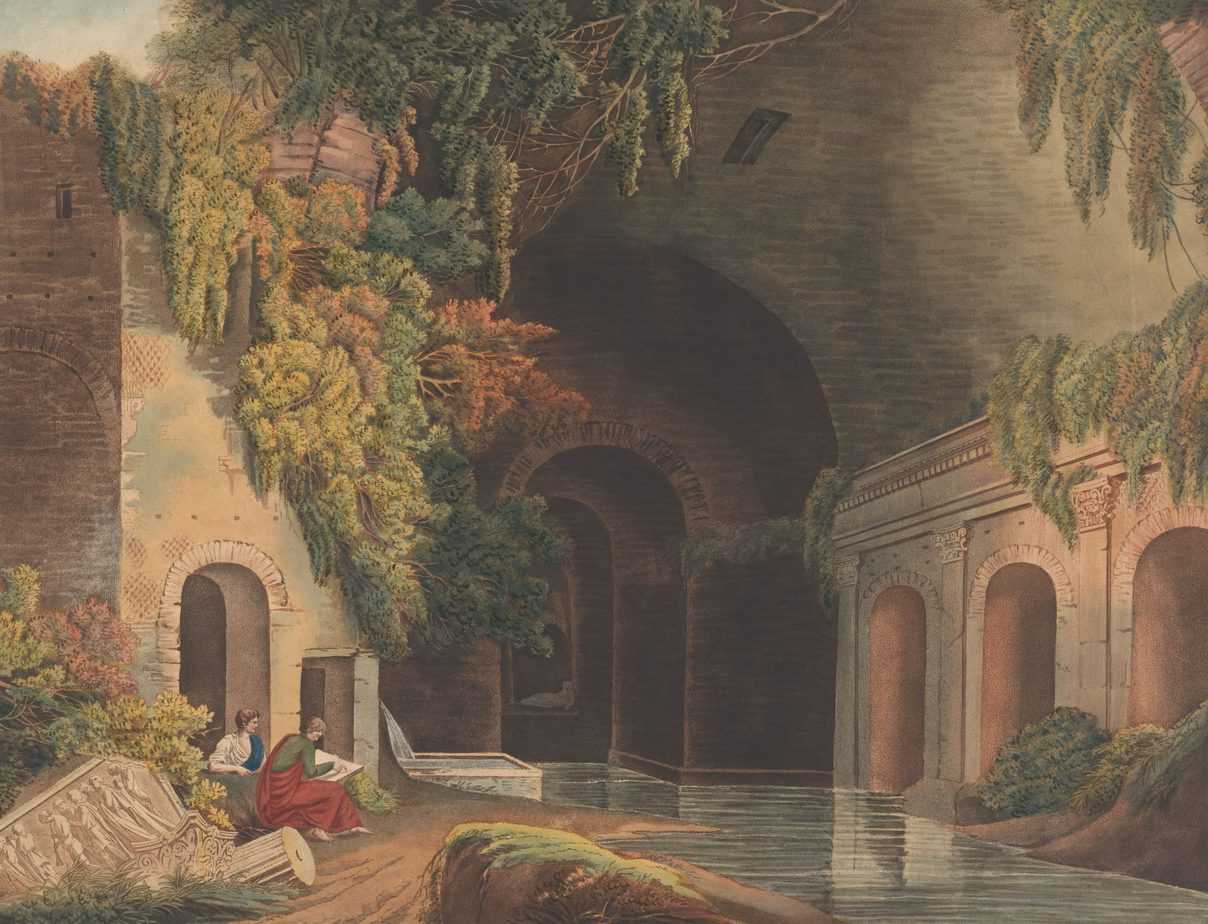
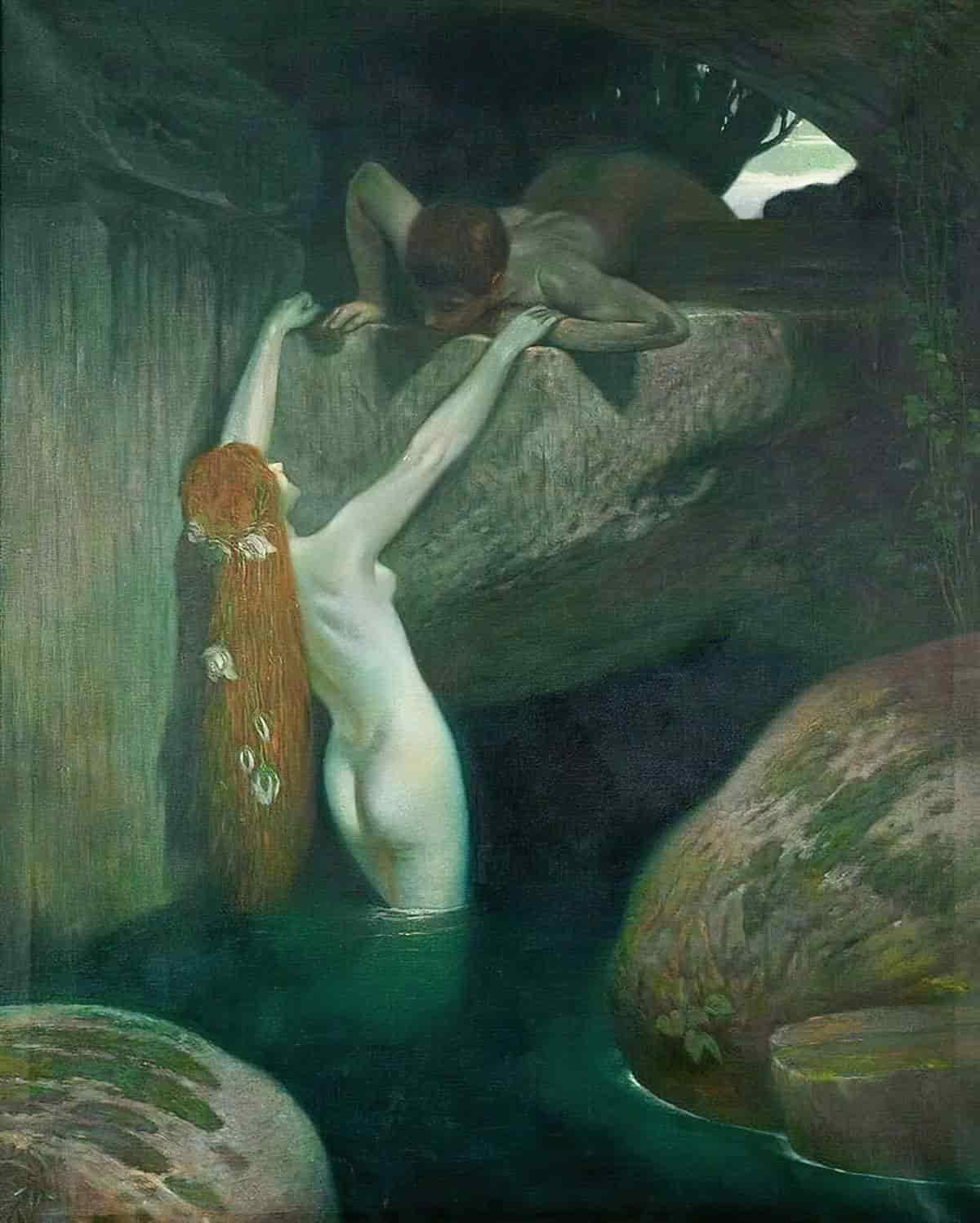
Try looking for a forest nymph in the forest (etc).
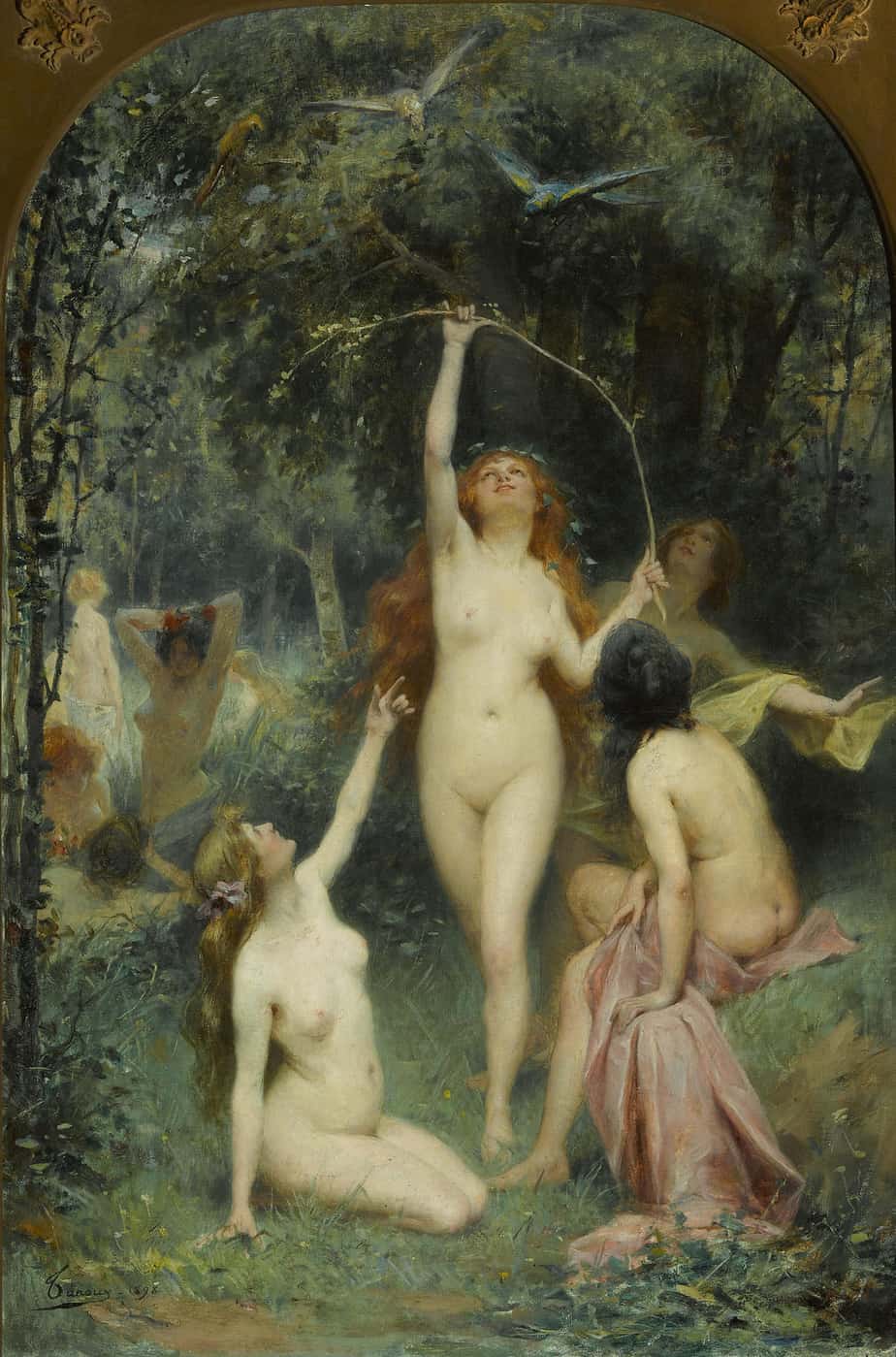
They’re not so easy to find. If you go looking for them maybe don’t try in heavy fog. Then again, squint hard enough and heavy fog might start to look a bit nymphish.
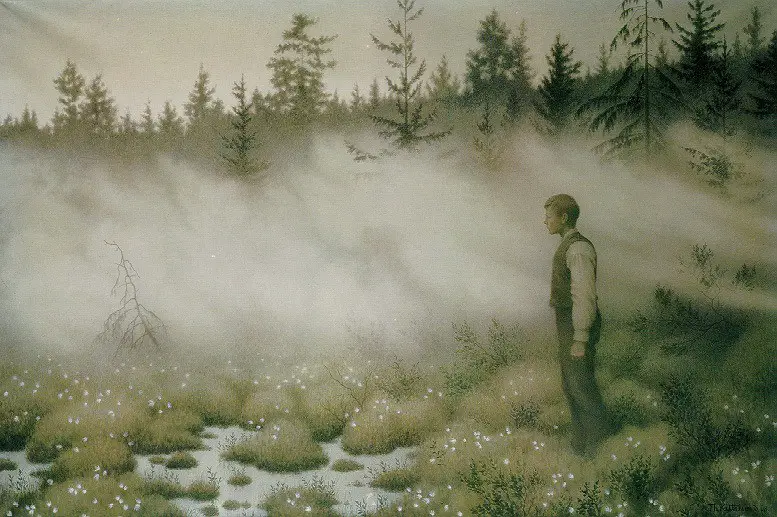
You’ll sometimes find these creatures in children’s books, though most are in publications from the 20th century or earlier. In children’s books they tend to wear clothes, but their pose remains suggestive and aware of the audience gaze. Mermaids remain more popular.
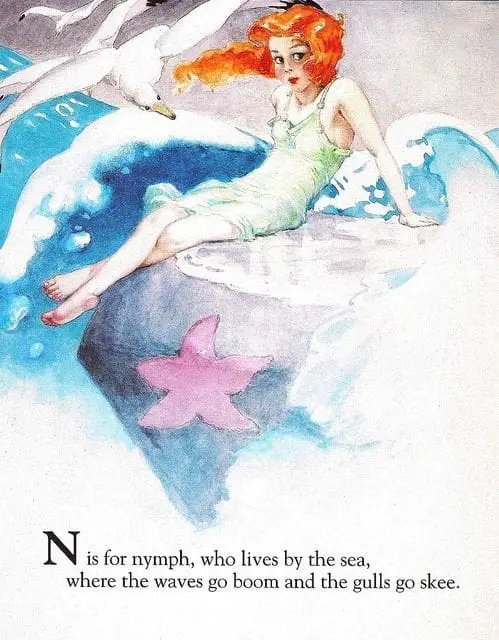
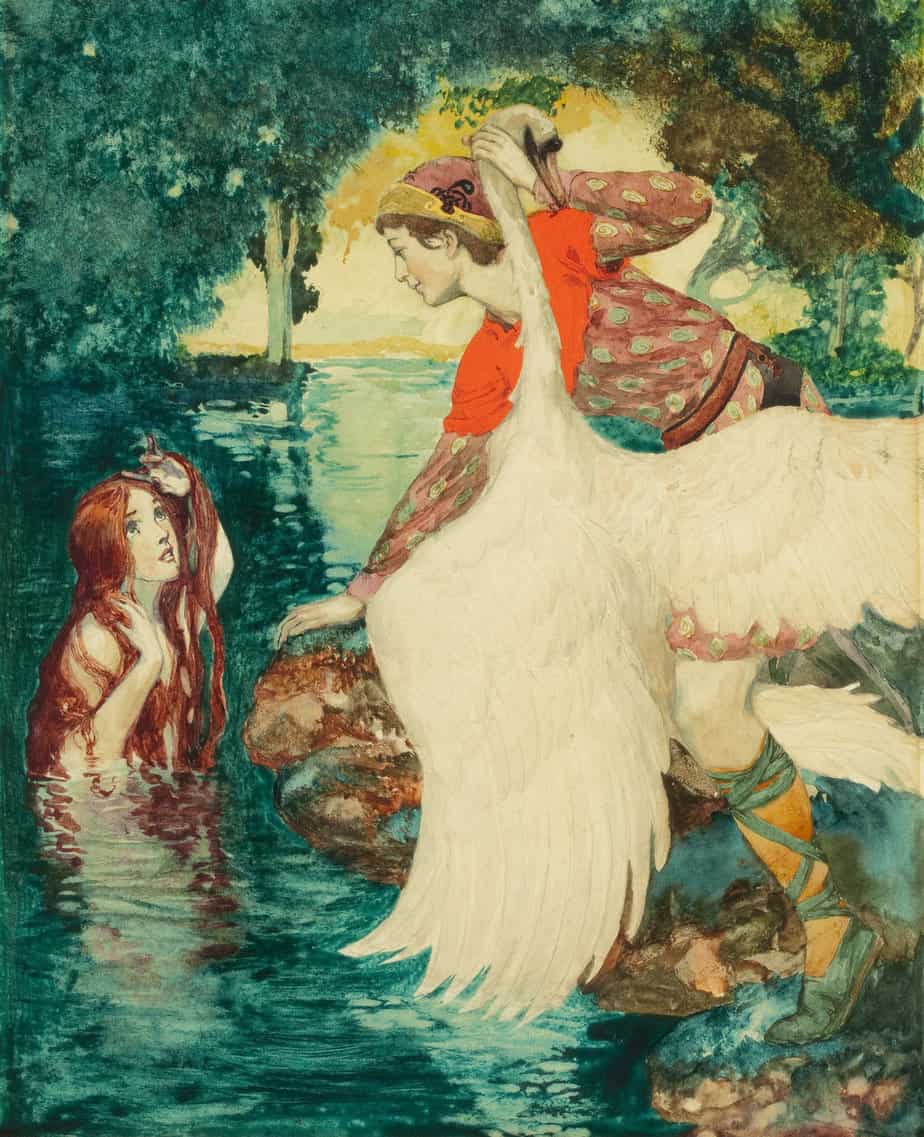
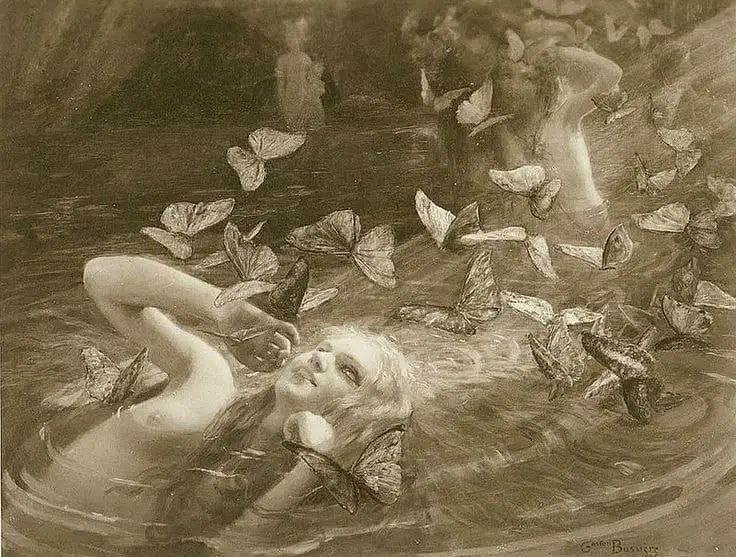
Because of all the image of femme nymphs, any young women resting beside a water course will be reminiscent of nymphs.
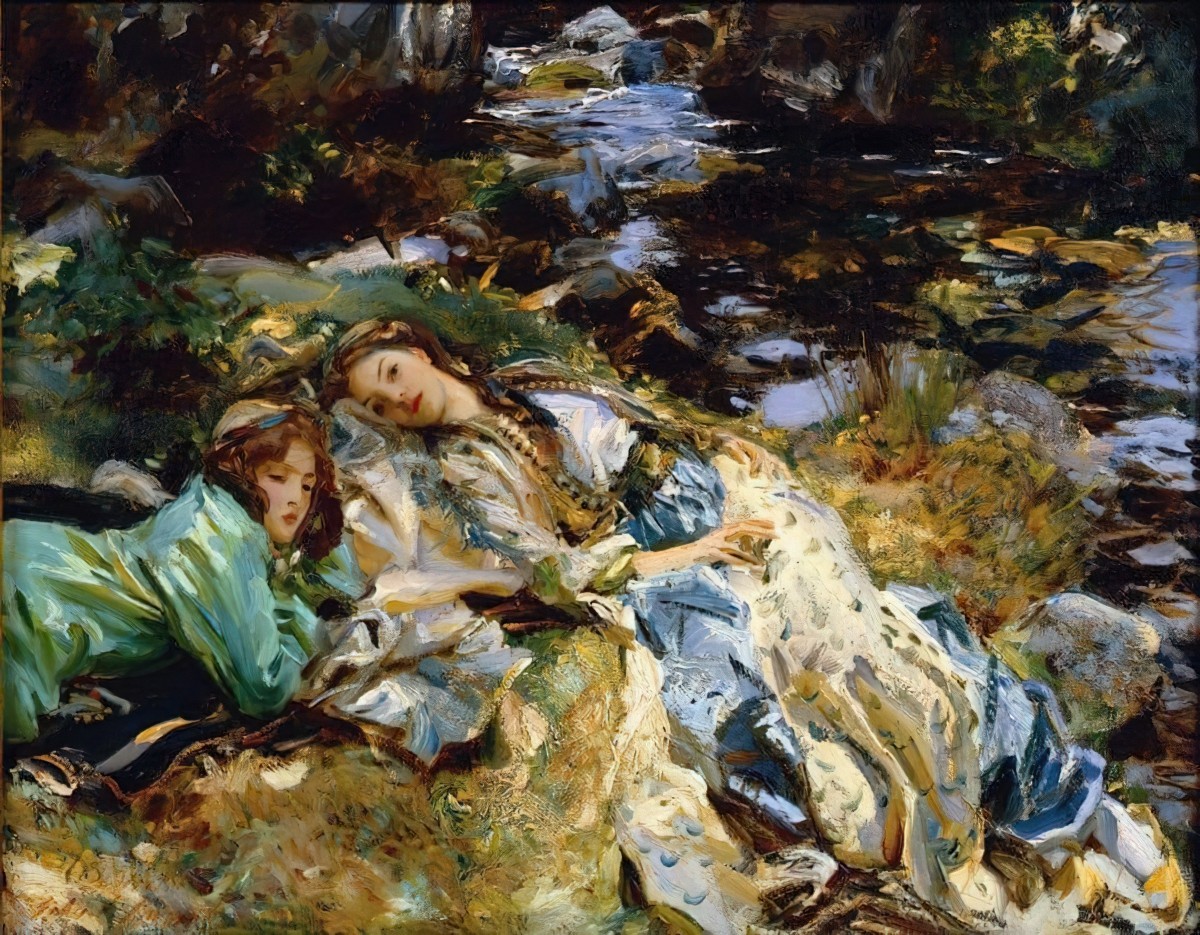
“A Nymph’s Passion” by Ben Johnson
Header: Franz Stassen made four portfolios of illustrations for Wagner’s Ring operas
